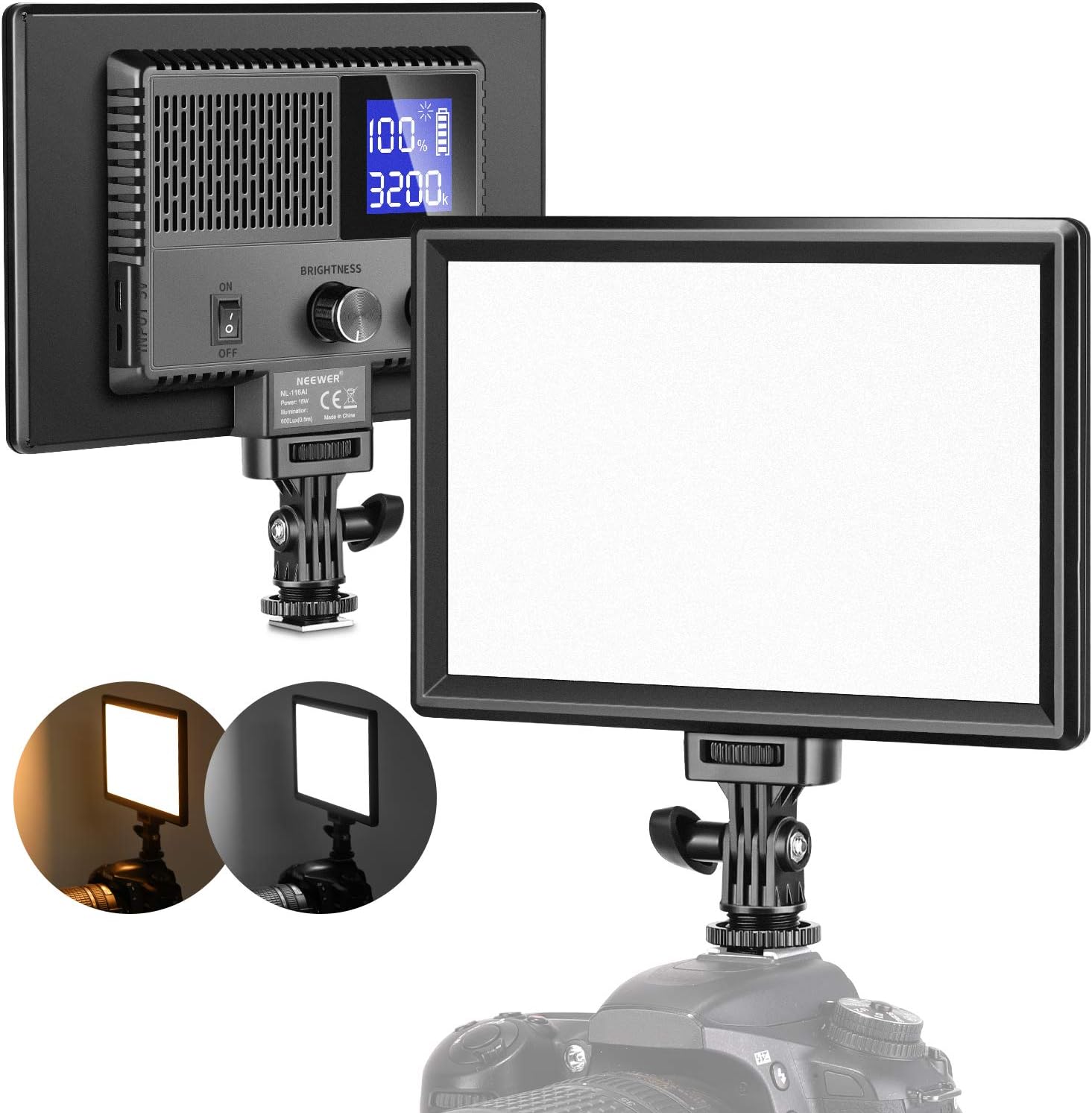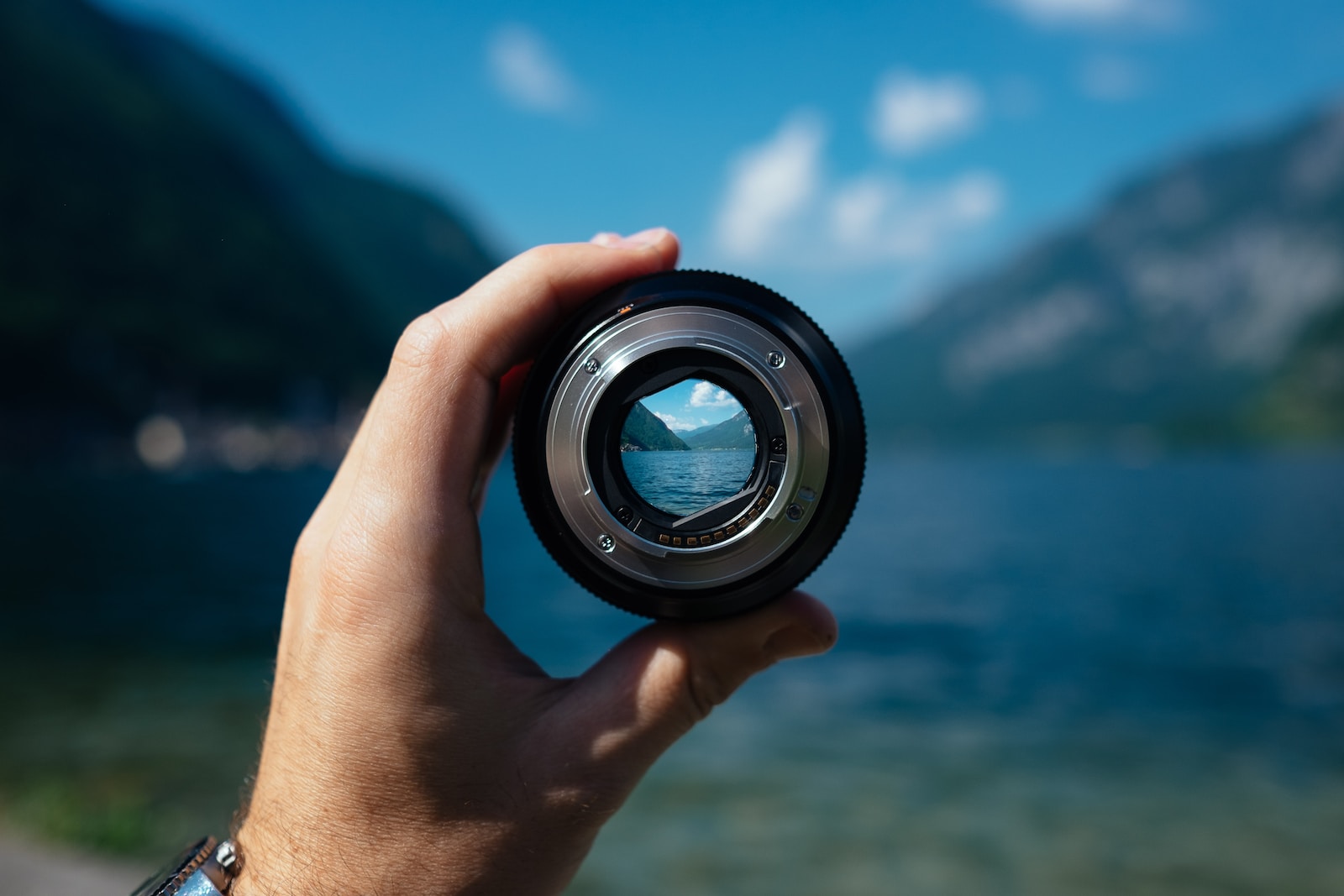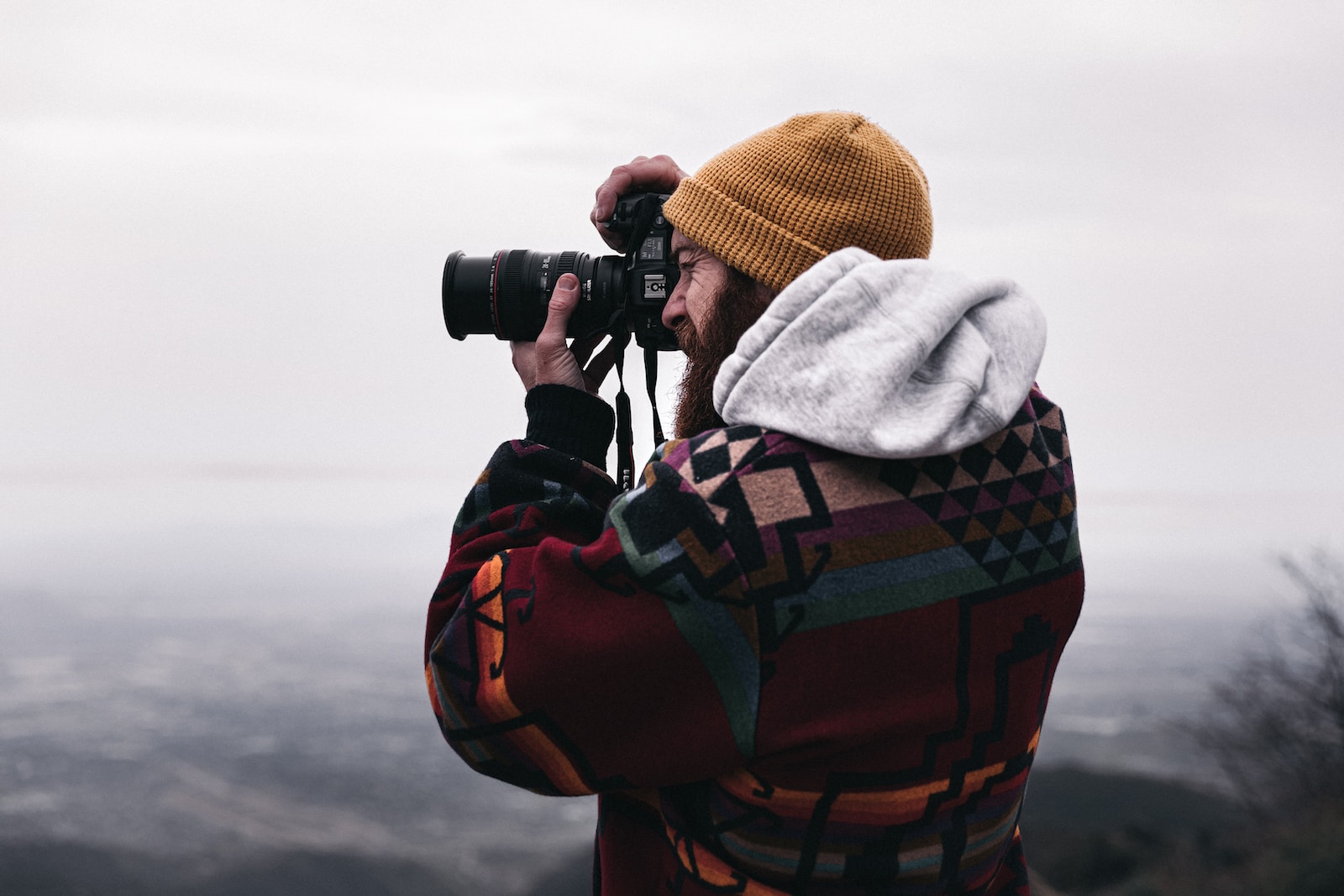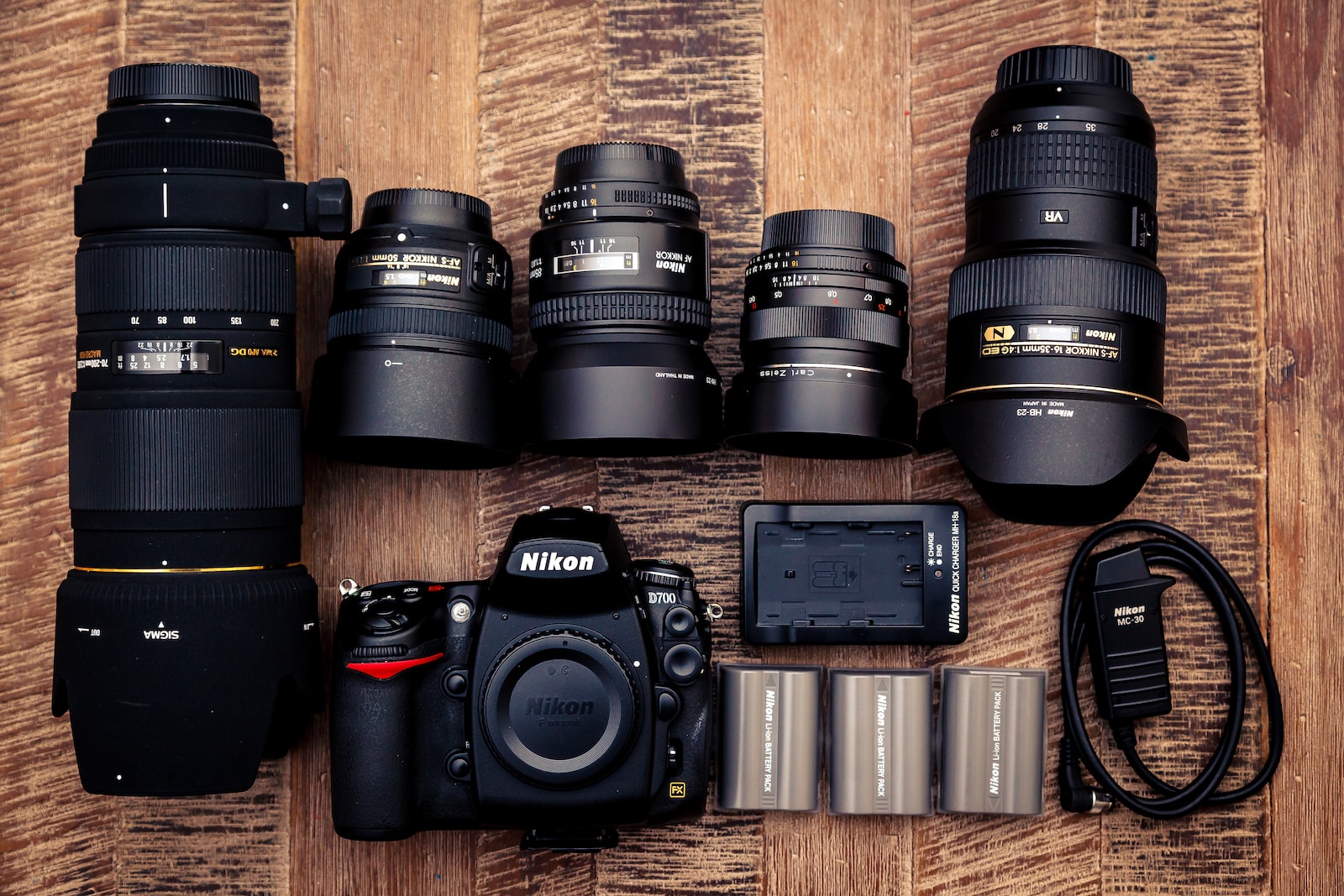Welcome to my blog, where we dive deep into the world of photography lighting and explore the power of on-camera lights. If you’re looking to enhance your photography outcomes and achieve stunning light effects, you’ve come to the right place. Join me as we explore the various techniques and strategies for implementing on-camera lights effectively and take your photography to the next level.
Table of Contents
- The Importance of On-Camera Lights
- Tips and Techniques for Harnessing the Power of On-camera Lights
- Frequently Asked Questions
- 1. What are on-camera lights?
- 2. How do on-camera lights enhance photography outcomes?
- 3. What are the different types of on-camera lights available?
- 4. How should on-camera lights be used effectively?
- 5. Can on-camera lights be used in outdoor photography?
- 6. Are there any drawbacks to using on-camera lights?
- 7. Where can I purchase on-camera lights?
- 8. Are there specific on-camera lights suitable for beginners?
- Wrap Up
The Importance of On-Camera Lights
Before we delve into the nitty-gritty of on-camera lights, let’s have a clear understanding of what they are. On-camera lights are powerful tools that add illumination to your subjects, enhancing the overall outcome of your photographs. They provide additional light when natural lighting is insufficient or imperfect, and can help you capture stunning images even in low-light environments.
Selecting the Right On-Camera Light
When it comes to on-camera lights, there are various options available in the market. From small LED lights to more advanced strobes, choosing the right one for your photography needs is crucial. Consider factors such as power output, size, color temperature, and versatility to ensure you invest in the best lighting equipment that complements your style and requirements.
Mastering Light Effects with On-Camera Lights
On-camera lights not only provide additional illumination but also allow you to create beautiful light effects and manipulate the mood of your photographs. From softening harsh shadows to adding a dramatic flair, understanding how to harness the power of on-camera lights will allow you to unleash your creativity and capture breathtaking images.
Implementing On-Camera Lights
Now that we have a good grasp of the basics, let’s take a closer look at how to effectively implement on-camera lights in your photography. Discover practical tips and techniques to position your lights, modify the quality of light, and achieve a harmonious balance between natural and artificial lighting. Explore different scenarios, from portrait photography to landscape shots, and learn how to adapt your lighting setups accordingly.
Did you know that on-camera lights were first introduced in the early 1980s, revolutionizing the way photographers capture images in challenging lighting conditions?
Taking Control of your Photography Lighting
One of the significant advantages of on-camera lights is the control they provide over the lighting environment. From adjusting the intensity and direction of light to modifying the color temperature, you have the power to shape the lighting according to your artistic vision. Explore advanced techniques such as using diffusers, gels, and reflectors to create unique effects and add depth to your photographs.
Troubleshooting Common Issues
While on-camera lights offer numerous benefits, they can also present challenges if not used properly. From unwanted reflections to harsh shadows, we’ll discuss common issues that photographers encounter with on-camera lights and explore practical solutions to overcome them. By learning how to troubleshoot these problems, you can ensure your images always turn out just the way you envision them.
Enhancing Your Photography Outcome
By mastering the art of on-camera lighting, you can significantly enhance your photography outcome and elevate your work to new heights. Whether you’re a seasoned professional or an aspiring photographer, the right use of on-camera lights opens up a world of creative possibilities and allows you to capture stunning images in any lighting situation.
Stay Updated with the Latest Trends
The world of photography lighting is ever-evolving, with new techniques and equipment constantly emerging. Stay up to date with the latest trends and innovations in the field of on-camera lights by following industry experts and joining photography communities. Engage in discussions, share your experiences, and continue honing your skills as you embark on a journey to harness the full potential of on-camera lights.
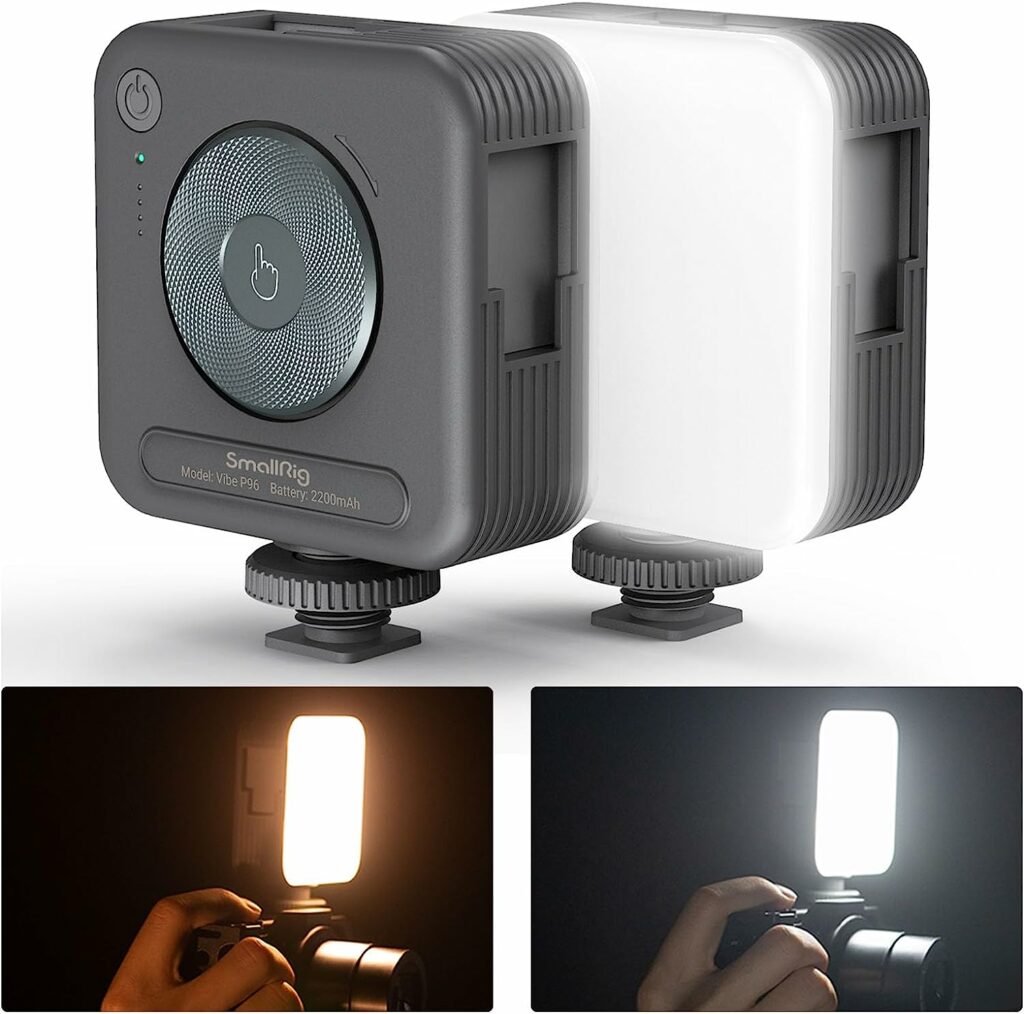
Tips and Techniques for Harnessing the Power of On-camera Lights
Whether you are a seasoned professional or just starting your photography journey, understanding how to effectively use on-camera lights can greatly enhance the outcome of your photos. In this how-to guide, we will explore some valuable tips and techniques to help you master the art of on-camera lighting.
Tip 1: Understanding the Importance of Photography Lighting
Photography lighting is an essential element that can make or break the quality of your images. It plays a crucial role in setting the mood, emphasizing details, and bringing out the best in your subjects. On-camera lights, when used correctly, can provide additional illumination to enhance your composition and ensure proper exposure.
Tip 2: Choosing the Right On-camera Lights
With a wide range of on-camera lights available in the market, it is important to select the one that suits your specific photography needs. Consider factors such as power output, versatility, size, and compatibility with your camera. Additionally, opt for lights with adjustable intensity and color temperature to have more control over the lighting effects.
Tip 3: Mastering the Light Effects
Experimenting with different light effects can add a touch of creativity and uniqueness to your photographs. Start by understanding the basic lighting techniques, such as direct, diffused, and bounced lighting. Direct lighting creates strong, focused contrasts, diffused lighting softens shadows for a more even illumination, and bounced lighting utilizes the surrounding surfaces to create a natural, diffuse effect.
Tip 4: Finding the Perfect Balance
Achieving a balanced lighting setup is essential for an aesthetically pleasing photograph. While on-camera lights can provide additional illumination, it is important to seamlessly integrate them with natural light or other existing light sources. Pay attention to the direction, intensity, and color of the on-camera lights to ensure they complement the overall ambiance and create a harmonious balance.
Tip 5: Experiment and Practice
The key to mastering on-camera lighting is practice, experimentation, and learning from your results. As you implement different techniques and explore various light effects, keep track of your successes and challenges. Take time to analyze the impact of on-camera lights on your photos and continuously refine your skills. The more you practice, the more confident and creative you will become with incorporating on-camera lights into your photography.
By harnessing the power of on-camera lights, you open up endless possibilities to elevate your photography to new heights. Remember to keep these tips and techniques in mind and embark on a journey of exploration and growth in your photographic endeavors. Happy shooting!
Frequently Asked Questions
1. What are on-camera lights?
On-camera lights refer to portable light sources that are attached to a camera or camcorder to provide additional illumination for photography or videography.
2. How do on-camera lights enhance photography outcomes?
On-camera lights provide a versatile and convenient way to control lighting conditions, fill in shadows, and add creative light effects to your photographs. They can improve image quality by reducing noise and enhancing color accuracy.
3. What are the different types of on-camera lights available?
There are various types of on-camera lights, including LED lights, strobes, and continuous lights. LED lights are popular due to their energy efficiency, portability, and adjustable brightness. Strobes provide powerful bursts of light, ideal for freezing motion. Continuous lights offer a constant light source for video recording.
4. How should on-camera lights be used effectively?
To make the most of on-camera lights, it is essential to consider factors such as the subject’s distance, light temperature, and angle of illumination. Experiment with different lighting setups, adjust the brightness and color temperature according to the desired effect, and utilize light modifiers like diffusers and reflectors for optimal results.
5. Can on-camera lights be used in outdoor photography?
Absolutely! On-camera lights can be used in outdoor photography to fill in shadows, highlight details, and create stunning portraits even in low light conditions. However, it is crucial to strike a balance between the artificial light and the available natural light to maintain a natural-looking result.
6. Are there any drawbacks to using on-camera lights?
While on-camera lights offer numerous benefits, there are a few drawbacks to consider. The main concern is the potential for harsh lighting, which can lead to unflattering shadows or washed-out subjects. Additionally, on-camera lights may create red-eye or a flat look if not used correctly.
7. Where can I purchase on-camera lights?
On-camera lights can be purchased online through various retailers specializing in photography equipment, such as camera stores, electronics websites, or online marketplaces. It is recommended to read reviews and compare products to ensure you choose a reliable and suitable option for your needs.
8. Are there specific on-camera lights suitable for beginners?
Yes, there are on-camera lights designed for beginners that are user-friendly and budget-friendly. These lights often come with adjustable brightness levels, easy mounting options, and intuitive controls. Look for options that offer flexibility and simplicity to get started with on-camera lighting.
Wrap Up
On-camera lights are an invaluable tool for photographers looking to enhance the quality and impact of their images. By understanding the different types of on-camera lights available and how to use them effectively, you can take your photography skills to new heights.
Whether you’re a professional photographer or a hobbyist, incorporating on-camera lights into your repertoire can significantly improve your photography outcomes. Experiment with different light effects and techniques to create stunning visual effects that make your images stand out.
If you have any questions or want to share your experiences with on-camera lights, feel free to leave a comment below. Let’s start a conversation and help each other harness the power of on-camera lights for exceptional photography results!
